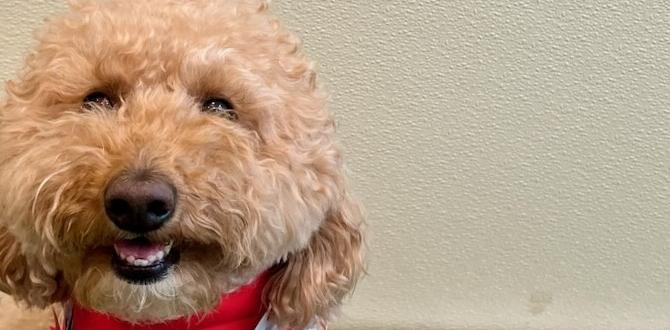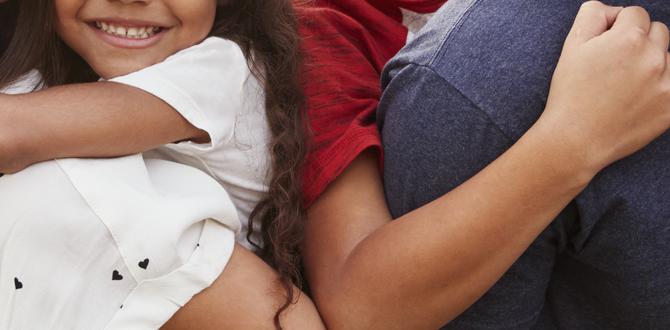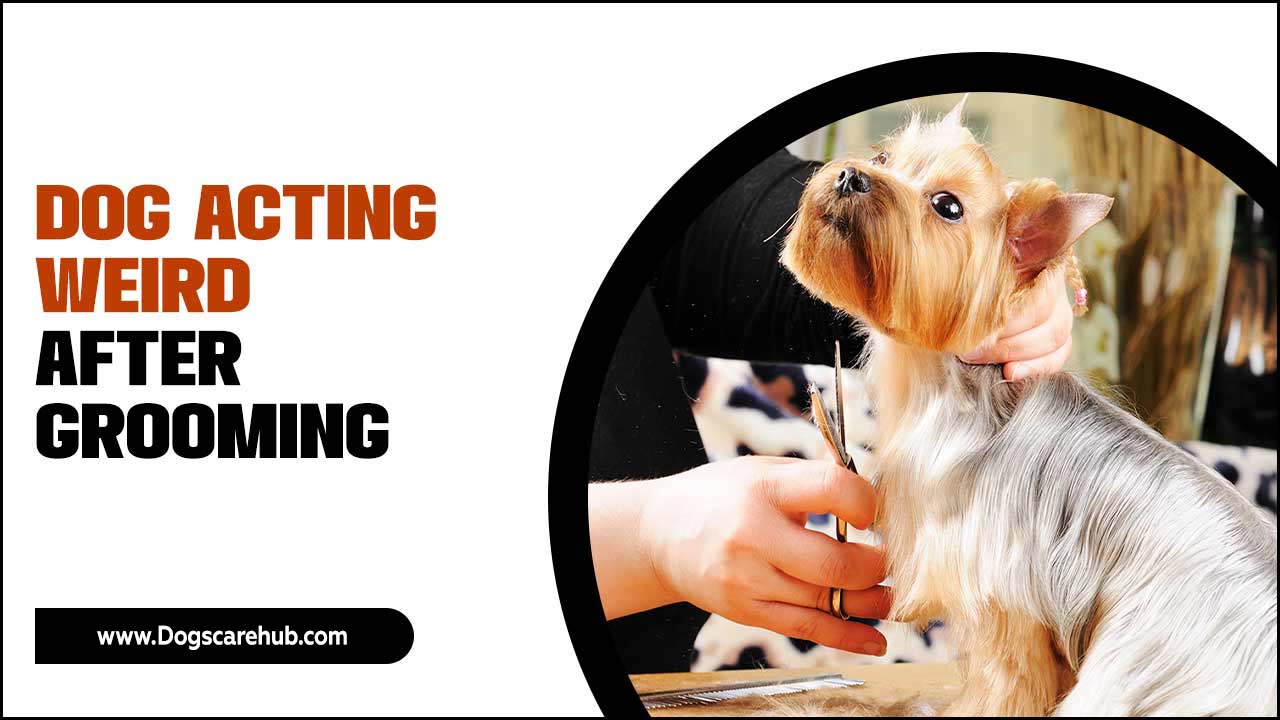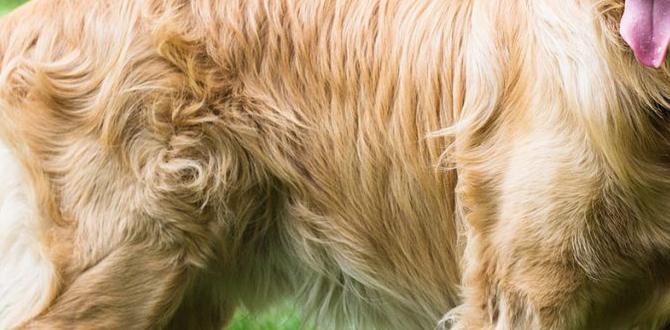Have you ever watched your dog guard its food or toys? This behavior is known as resource guarding. It can be a bit puzzling. Why do dogs do this, and is it normal? If you’re curious, this dog resource guarding guide will help. Let’s learn how to handle it and keep our furry friends happy.
Key Takeaways
- Resource guarding is common in many dogs.
- Training can help manage this behavior.
- Understanding body language is crucial.
- This dog resource guarding guide offers practical tips.
- Patience and consistency are key to success.
Understanding Dog Resource Guarding
Resource guarding is when a dog fiercely protects its food, toys, or space. This behavior might seem aggressive, but it’s natural. Dogs see these items as valuable. They might growl, bark, or snap if they feel threatened. It’s important to understand that your dog isn’t being mean. They are just trying to protect what’s theirs. To help, owners can follow a dog resource guarding guide, which provides tips on managing this behavior. Building trust and training can help reduce guarding.
- Watch for warning signs like growling.
- Identify what triggers the guarding behavior.
- Never punish your dog for guarding.
- Use positive reinforcement to encourage calmness.
- Seek professional help if needed.
By understanding why dogs guard resources, owners can better manage it. Knowing the triggers helps in avoiding unnecessary conflicts. Dogs that guard may simply need more assurance. Patience and positive training work wonders. Always remember, aggression is not the answer. Working with your pet builds trust and reduces fear.
Fun Fact or Stats : About 60% of dogs show some form of resource guarding.
Why Do Dogs Guard Resources?
Dogs guard resources for a very simple reason: survival. In the wild, food and shelter are scarce. Can you imagine fighting for your meal every day? Dogs had to protect their resources to stay alive. This instinct remains in our pets today. If your dog guards a toy or food, it’s them saying, “This is mine, and I need it.” Understanding this helps us approach the issue with empathy rather than frustration.
Recognizing Resource Guarding Signs
How do you know if a dog is guarding? Look for these signs. Growling, snapping, or stiffening up around food or toys are common. Some dogs might just stare intently. Have you seen a dog freeze and stare? That’s a signal! These signs help us understand what dogs are trying to communicate. Recognizing these behaviors early can prevent accidents and help in training.
Common Triggers for Guarding
What makes dogs guard? Simple changes can trigger this behavior. New people, loud noises, or even another pet nearby can cause stress. Imagine if someone tried to take your favorite toy! Dogs feel the same. Identify what makes your dog uncomfortable. Once you know the triggers, you can work to reduce them. Creating a calm and predictable environment helps a lot.
Effective Training Techniques
Training is crucial in managing resource guarding. Start with basic commands like “sit” or “leave it.” These commands help your dog focus and stay calm. Try using treats to reinforce good behavior. Don’t rush the training process. It takes time for your dog to learn new behavior. Consistency is key. A dog resource guarding guide often suggests positive reinforcement as the best method. Remember to stay patient and celebrate small victories.
- Start training in a distraction-free area.
- Use tasty treats as rewards.
- Practice regularly to reinforce commands.
- Be patient and don’t rush the process.
- Celebrate progress with praise.
Training requires commitment but yields great results. Even small steps forward are achievements. Praise and treats create positive learning experiences. Owners must remember that yelling or punishment can worsen the behavior. Positive experiences with resources build trust. In time, your dog learns to share without fear.
Fun Fact or Stats : Dogs respond to training within 66 days of consistent effort.
Using Positive Reinforcement
Positive reinforcement is a powerful tool. It means rewarding good behavior with treats or praise. Have you ever received a gold star for good work? It feels good, right? Dogs feel the same way. When they receive a reward for calm behavior, they are more likely to repeat it. It’s essential to be consistent. Reward your dog every time they show positive behavior around resources. Over time, they learn that being calm gets them good things.
Commands That Help Your Dog
Teaching your dog commands can help manage guarding. Start with simple words like “leave it” or “drop.” Have you ever played a game where you had to drop something quickly? Dogs need this skill too. These commands help them understand when to let go of a resource. Practice these commands daily. It strengthens their ability to respond during tense situations.
Patience and Consistency in Training
Training takes patience and consistency. It’s like learning to ride a bike. You didn’t master it overnight, did you? Dogs need time and practice. Consistent training sessions build confidence and trust. Set aside a few minutes each day for practice. Make it fun and rewarding. Over time, your dog learns to stay calm even when faced with precious resources. Remember, every dog learns at their own pace.
Creating a Safe Environment
Ensuring your dog feels safe is crucial. A secure environment minimizes resource guarding. Have you ever felt scared in a noisy place? Dogs can feel that way too. Create a quiet, comfortable spot just for your dog. Use calming music or soft lighting. Keep their food and toys in this area. A dog resource guarding guide often emphasizes creating safe spaces. It helps reduce anxiety and guarding behavior.
- Create a designated space for your dog.
- Keep the space calm and quiet.
- Use calming tools like music or aromatherapy.
- Keep toys and food in this area.
- Limit access to this space for others.
Providing a safe area helps dogs relax. It’s their personal zone where they can feel secure. This space can be a room or a corner with their bed and toys. Safety is crucial for a dog’s well-being. When they feel safe, they are less likely to guard resources. With time and care, this strategy proves effective in reducing anxiety.
Fun Fact or Stats : Dogs can hear sounds four times further than humans!
Designing a Calm Space
Creating a calm space for your dog is important. Do you have a favorite cozy spot at home? Dogs need that too. Choose a quiet area in your house. Add a comfy bed and a few favorite toys. This space acts as a retreat. It’s where your dog can relax without worries. Keep it free from loud noises or disturbances. A calm space helps reduce stress and guarding behavior.
The Role of Routine
Routine is key to a dog’s happiness. Do you have a daily routine? Dogs thrive on predictability. Feeding times, walks, and play should follow a schedule. It helps them know what to expect. When dogs know their routine, they feel secure. Less uncertainty means less guarding behavior. Over time, routines help your dog become more relaxed and confident.
Reducing Stressful Triggers
Identifying and reducing stress triggers is important. Can you think of something that makes you anxious? Dogs have triggers too. Loud noises, strangers, or other pets might cause stress. By recognizing these, you can make changes. Maybe move your dog’s bed to a quieter spot or limit interactions during tense times. Reducing these triggers helps your dog stay calm and reduces guarding.
Socializing Your Dog
Socialization is a key part of reducing guarding behavior. It involves exposing your dog to different people, pets, and environments. Imagine going to a new school and meeting new friends. It’s a bit scary at first, right? Dogs feel the same way. Teaching them to be comfortable around others reduces anxiety. A dog resource guarding guide often highlights socialization as a crucial step. The more social your dog is, the less likely they are to guard.
- Introduce your dog to new environments gradually.
- Allow your dog to meet other pets safely.
- Encourage fun interactions with other people.
- Reward calm behavior during socialization.
- Be patient and go at your dog’s pace.
Socializing helps dogs become confident. It teaches them that new experiences are positive and not scary. Always go slow. Let your dog explore new things at their own pace. Reward them for calm behavior. With time, they become less anxious and more secure. A well-socialized dog is less likely to guard resources.
Fun Fact or Stats : Puppies are most open to socializing between 3 to 14 weeks old.
Introducing New Environments
Introducing your dog to new environments is exciting. Think about visiting a new park or city. It’s a mix of excitement and nerves, right? Dogs need to experience new places too. Take them on short trips to different locations. Let them sniff and explore. Always keep these experiences positive. Over time, they learn that new places are fun, not scary. A confident dog guards resources less often.
Meeting Other Pets Safely
Your dog meeting other pets safely is important. It’s like you meeting new classmates. Start with short, calm introductions. Watch for signs of fear or aggression. Always supervise these meetings. Over time, your dog learns to enjoy being around other pets. This reduces guarding behavior as they learn to share space and resources.
Encouraging Positive Interactions
Positive interactions boost your dog’s confidence. Do you remember a time you made a new friend? It felt good, didn’t it? Dogs need positive experiences too. Encourage them to interact with people and pets kindly. Use treats to reward calm and friendly behavior. Over time, these positive interactions reduce guarding behavior. Your dog learns that sharing space and toys can be fun.
Monitoring Progress and Adjusting Plans
Monitoring your dog’s progress is essential. It helps you know if your training is working. Keep track of changes in guarding behavior. Is your dog growling less? Can you take toys without trouble? Celebrate these small wins. If you don’t see progress, it’s time to adjust your plan. A dog resource guarding guide often has tips for tweaking training. Remember, every dog is different. What works for one might not work for another.
- Keep a journal of your dog’s behavior changes.
- Celebrate improvements, no matter how small.
- Adjust your approach if needed.
- Stay consistent with your training.
- Consult a professional if necessary.
Tracking progress helps you stay on track. It shows what’s working and what’s not. Every dog progresses differently, so patience is vital. If you hit a roadblock, consider seeking professional help. A fresh perspective can make a big difference. With dedication, your dog learns to manage guarding. Remember, change takes time.
Fun Fact or Stats : Dogs can learn over 165 words and signals.
Celebrating Small Wins
Celebrating small wins keeps you motivated. Think about getting an A on a test. It feels great, right? Even tiny improvements in your dog’s behavior are worth celebrating. Maybe they let go of a toy without growling. That’s a win! Praise them and give them a treat. These celebrations encourage your dog to continue good behavior. Over time, these small wins add up to big changes.
Adjusting Your Approach
Sometimes, you need to adjust your approach. It’s like trying a new strategy in a game. If one method isn’t working, try another. Pay attention to what your dog responds to. Do they like treats or prefer praise? Adjust your training techniques based on their preferences. Remember, flexibility is key to success. Every dog is unique, and training should be too.
Seeking Professional Help
Sometimes professional help is needed. Just like visiting a tutor when you need help with math. A dog trainer or behaviorist can offer new strategies. They have experience with many dogs and can tailor a plan for yours. Don’t be afraid to seek help. It can make a big difference in your dog’s training. With expert guidance, your dog can overcome guarding behavior.
Conclusion
Resource guarding in dogs is a natural behavior. This dog resource guarding guide helps you understand and manage it. By using training, creating a safe space, and socializing your dog, you can reduce guarding. Remember to be patient and consistent. Each small win is progress. With time, your dog learns to feel secure without guarding.
FAQs
Question: What is resource guarding?
Answer: Resource guarding is when a dog protects items like food or toys. They might growl or snap to keep others away. It’s a natural behavior but can be managed with training. This dog resource guarding guide provides steps to help your pet feel secure.
Question: How can I tell if my dog is guarding?
Answer: Watch for signs like growling, snapping, or stiffening around resources. Dogs might also stare intently or freeze when guarding. Recognizing these behaviors early can help you manage them effectively.
Question: Why does my dog guard its food?
Answer: Dogs guard food due to natural instincts. In the wild, food is scarce and valuable. Protecting it was necessary for survival. Understanding this helps us manage the behavior more effectively with the dog resource guarding guide.
Question: Can training help reduce resource guarding?
Answer: Yes, training is very effective. Using positive reinforcement, you can teach your dog to stay calm around resources. Consistent practice and patience are key to success. A dog resource guarding guide offers many training tips.
Question: Should I punish my dog for guarding?
Answer: No, punishment can make guarding worse. Instead, use positive reinforcement to encourage calm behavior. Reward your dog when they share or stay relaxed around resources. This approach builds trust and reduces fear.
Question: How can I create a safe space for my dog?
Answer: Designate a quiet area with a comfortable bed and toys. Reduce noise and distractions. This space should be your dog’s retreat. A safe space helps them feel secure and reduces guarding behavior according to the dog resource guarding guide.
Meet Elyse Colburn, the devoted canine companion and storyteller behind the enchanting world of “Tales, Tails, and Adventures Unleashed.” A passionate dog enthusiast with a heart full of paw prints, Elyse Colburn shares heartwarming tales and insightful adventures, celebrating the joy, loyalty, and endless antics that make every dog a true hero. Join Elyse Colburn on this tail-wagging journey, where every post is a love letter to our four-legged friends.








